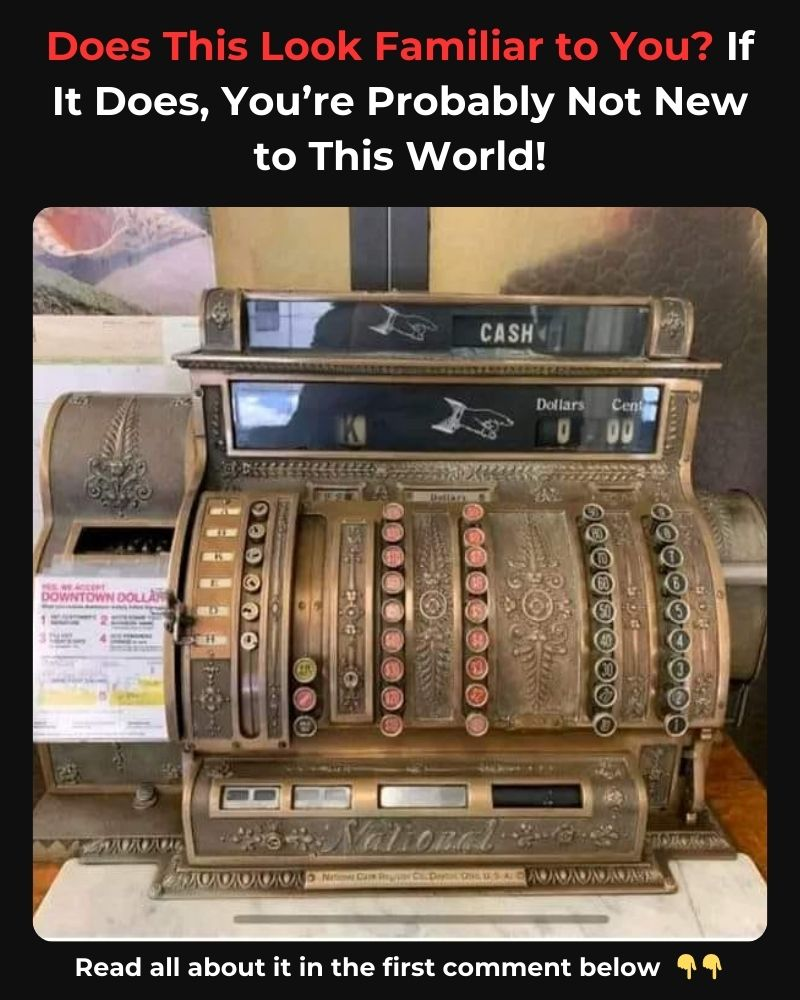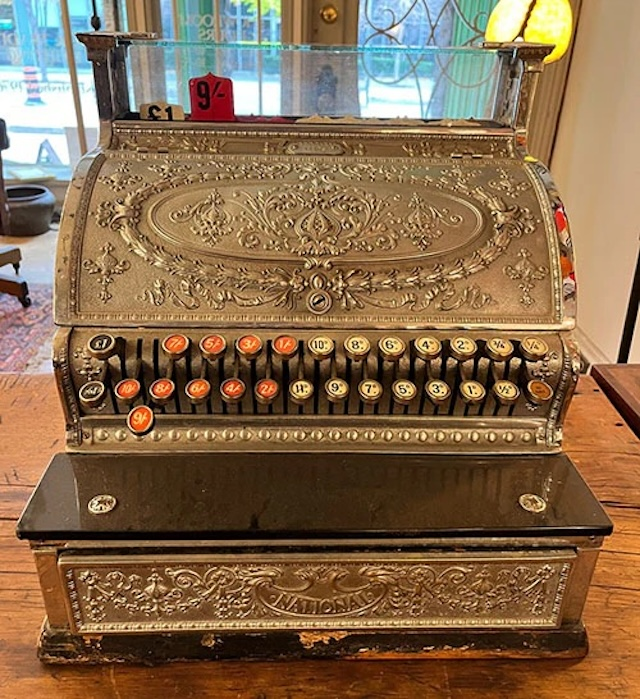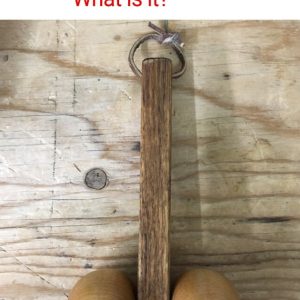Let’s be real—if you’ve ever seen a shiny, brass contraption with ornate engravings and big chunky keys, you probably paused and thought, “Hey, I’ve seen this before!” That old-school device? That’s a vintage mechanical cash register, and trust me, it’s more than just an antique sitting in a dusty museum corner. This thing revolutionized how the world did business.
Back in the late 1800s and early 1900s, the world was moving fast—factories were booming, cities were growing, and mom-and-pop shops were popping up on every corner. But with all that expansion came one big problem: how do you keep track of your money? That’s where the magical ring of the mechanical cash register stepped in.

From Saloon Problem to Global Solution
Let’s rewind to 1879. Picture James Ritty, a saloon owner in Dayton, Ohio, pulling his hair out over employees who seemed to have sticky fingers. Fed up, he decided to solve the problem himself. His invention? “Ritty’s Incorruptible Cashier.” Catchy name, right?
This machine didn’t just keep track of sales—it put an end to theft, human error, and all those scribbled-down notes that no one could read anyway. Then came 1884, when the National Cash Register Company (NCR) stepped in to mass-produce this marvel. Thanks to NCR, cash registers soon showed up in shops all around the world, from corner grocers to big department stores.
Video: The 103-year-old Cash Register
Why It Was More Than Just a Machine
So, how did these machines work their magic? Simple gears, springs, levers—and a whole lot of mechanical brilliance. Each key had a dollar value. You pressed the right combo, pulled a lever, and ka-ching!—the cash drawer popped open, the sale got recorded, and a bell rang to announce another deal was done.
No electricity. No internet. Just pure analog genius.
And these weren’t just functional—they were beautiful. Think golden brass finishes, floral scrollwork, and custom detailing. Some looked more like royal treasures than business machines. Talk about showing off your shop’s success.
How the Cash Register Changed Business Forever

You know what really made these devices legendary? Their ability to build trust.
Imagine walking into a store where every transaction got recorded, receipts were handed out, and money was neatly stashed in a drawer that only opened with a key. That’s a far cry from a shoebox full of crumpled bills.
With the cash register, bookkeeping got easier, customers felt secure, and businesses ran smoother. It introduced transparency into transactions and helped shopkeepers stay organized. For the first time, cashiers became a thing—people hired specifically to operate the register. That role didn’t exist before.
The Golden Age of Vintage Cash Registers
Fast-forward to the 1920s and 1930s—the heyday of the vintage register. By now, businesses weren’t just looking for something that worked. They wanted something beautiful.
Companies started designing registers with elegance in mind. Brass, nickel-plated finishes, custom logos, and even hand-engraved art. These machines became the centerpiece of shops, symbols of trust and success. If your store had one, customers knew you were the real deal.
It wasn’t just about ringing up sales anymore—it was about making an impression.
From Pop Culture Fame to Collector’s Dream

Ever heard the sound “ka-ching” in a movie or song? That’s the vintage cash register calling. It became a cultural icon, showing up in classic films like It’s a Wonderful Life and embedding itself in the American psyche as the sound of commerce.
And let’s not forget its comeback as a collector’s item. Today, these antique machines are sought after at auctions and antique stores. Some people restore them to working order, while others use them as statement pieces in restaurants, bars, and cafes. Their value isn’t just monetary—it’s nostalgic. It’s emotional. It’s historic.
Behind the Bell: Tales and Trivia
Think these old machines are boring? Think again. Here’s a wild fact: when cash registers were first introduced, some store clerks actually resisted them—because they couldn’t skim money off the top anymore! That “creative bookkeeping” was officially over.
Also, thanks to these registers, we got the modern-day cashier role. Before, the owner handled all transactions. But once the machine came along, someone had to learn how to operate it properly—and so the job was born.
The Decline… But Never Forgotte
Video: Antique Cash Register – How It Work
As electronics took over in the mid-20th century, the beloved mechanical register slowly faded from everyday life. Digital point-of-sale systems took the lead—faster, more efficient, and card-friendly.
But let’s be honest: nothing beats the feel of that heavy lever, the clunk of the drawer, or the bell’s triumphant ring. It was tactile. It was satisfying. And it told you a sale was made, fair and square.
That’s why even today, people continue to collect them. They’re not just buying a machine—they’re preserving a story, a legacy.
Conclusion
The vintage mechanical cash register is more than just an old-fashioned gadget—it’s a symbol of a turning point in business history. It represented trust, innovation, craftsmanship, and the start of something big: modern commerce.

If this looks familiar to you, then you’re not just seeing a machine. You’re looking at a piece of history. A tool that helped shape the business world we live in today. And yeah, maybe even reminded you of a simpler time when every sale was sealed with a satisfying ka-ching!.


